That it is not necessary to go far to discover beautiful corners or places of great tourist interest is something you will agree with me.
But the truth is that many times, due to ignorance, it takes you a while to discover corners that are not far from the city where you live.
When in one of my recent trips through the province of Valladolid I discovered the medieval town of Urueña, the first question that arose in my mind is how I had not met him until then, and had not even heard of him.
Located 200 kilometers from Madrid, very close to the N-VI that leads to Galicia, route from where you can see the silhouette of its walls, Uruena It is a town that is well worth discovering.
From the outset, it stands out for its strategic location on an elevation from which you can see the entire great plain of the natural region of Farmland, which not only extends through Valladolid, but by the bordering provinces.
This location explains why, during the time of the Iberians, there was a first settlement in that area that was later occupied by the Romans.
Now when you get to Uruena you find a town that largely maintains its medieval wallAs well as towers of the old castle, a reflection of the importance it had at that time as a border enclave between the kingdoms of Castilla y Leon.
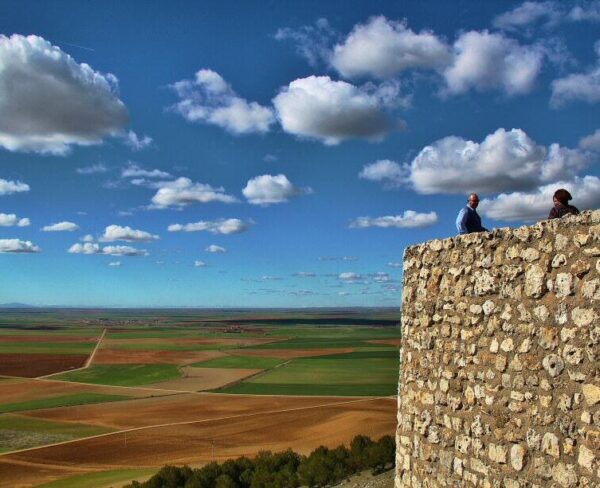
You will see that it is a very recovered town, since in the most recent decades an important restoration has been carried out, so that it has now become a tourist attraction, especially on weekends and long weekends.
All the information in detail
Urueña, Villa del Libro in Valladolid
This touristic interest has increased after becoming the first Book Village of Spain, a cultural initiative that turns the book and its fans into great protagonists.
What is a Book Village?
Specifically, it is an initiative that is developed in towns that bring together certain cultural values.
This cultural project was launched in 2007 by the Provincial Council of Valladolid, and involves the recovery and conversion of public spaces as places for buying and selling books, as well as the celebration of cultural events linked to literature.

This project is inspired by others book villas existing in other European countries, such as Hay-on-way, in the Wales -the oldest-, or Montolieu en France.
Here you can sign up for one guided tour of Urueña in which for three hours you will get to know the main corners of the Book Village, or if you prefer, to a Private tour of Urueña, ideal for groups of friends or family
Miguel Delibes Center
the heart of the Villa del Libro de Urueña is Miguel Delibes e-LEA Center, a true museum of books and writing, in which its history is shown from a didactic perspective.
Apart from seeing the exhibition, you can also sign up for various activities, such as a curious historical calligraphy workshop which takes place during the weekends.
Joaquín Díaz Center
Other cultural corner based in the Book Village is Joaquín Díaz Ethnographic Center, which preserves various collections donated by the prestigious Castilian folklorist.
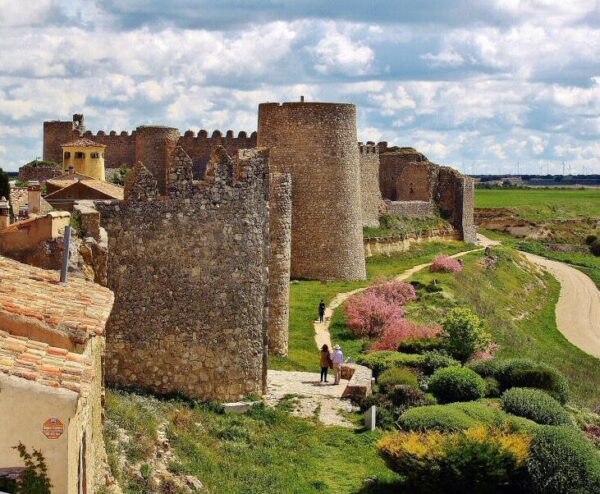
In your walk through Urueña you can see up to ten old book bookstores that open from Thursday to Sunday, all with a very cultural concept, such as the Story bookstore-museum or the Wine Museum Bookstore-Enoteca.
And also other corners like the DiLab Space dedicated to temporary exhibitions, or the music museum with more than 500 musical instruments from the collection of Luis Delgado.
Walls of Urueña
But apart from being able to visit various institutions related to books, your visit should focus on a walk along the walls.
From them you will have excellent panoramic views of the aforementioned Farmland.
On your walk through the streets of the town, near the main square you will find the church of Santa María del Azogue, which is the only one found within the walls of urueña.
ORGANIZE your TRIP
- Don't forget your TRAVEL INSURANCE with a 5% discount
- Book the HOTEL for your trip
- RENT a CAR for your trip
- The best TOURS and EXCURSIONS in Spanish
- NO-LINE TICKETS for museums and monuments
- Best FREE TOURS around the world
- Book your TRANSFER from the airport
- eSIM card with INTERNET at the best price
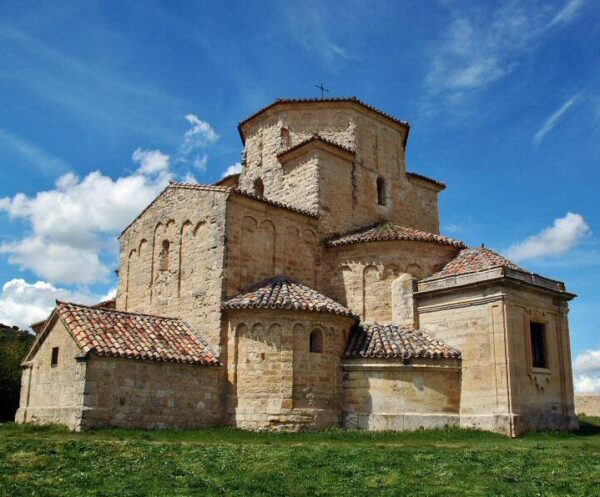
Romanesque Hermitage
However, to see its main monument you will have to leave the walls and a couple of kilometers away, in the valley, you will find the Romanesque hermitage of the Anunciada,
This is a very interesting and curious example of the Catalan Lombard Romanesque, the only one you will find in Castilla with this type of architecture.
A very beautiful Romanesque building that deserves a visit just to see it. getaway to Urueña.
Photos of Urueña in Valladolid
As a preview of your possible visit, here is more photos of Urueña, medieval town that you find in the Valladolid province.


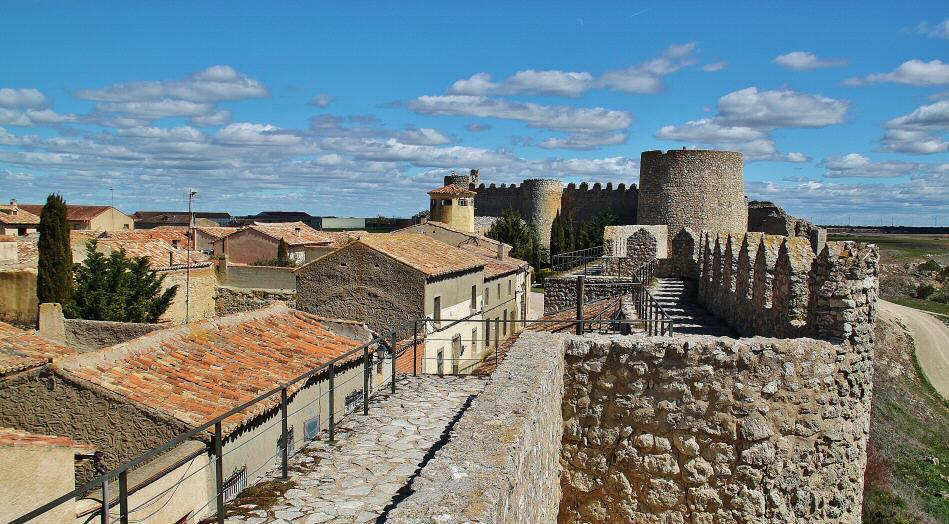
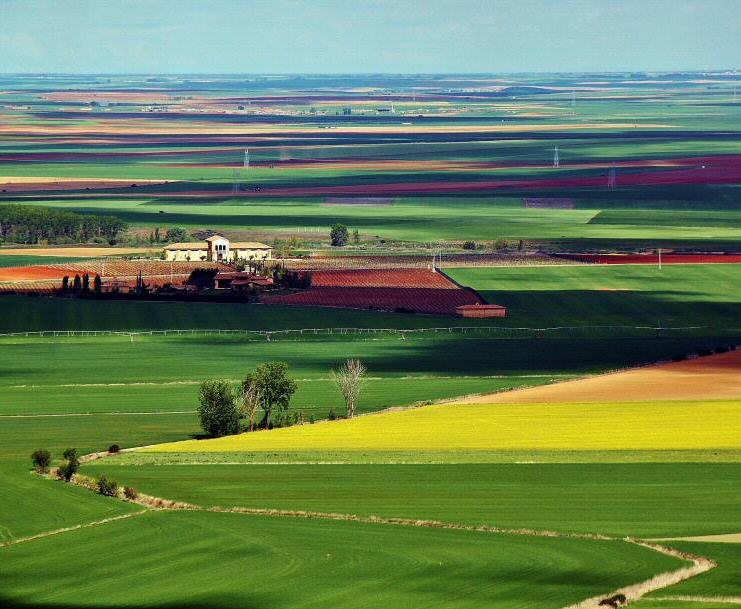
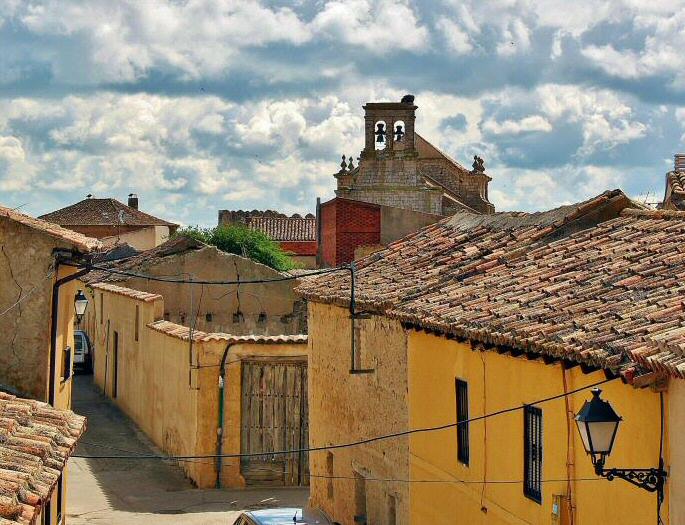
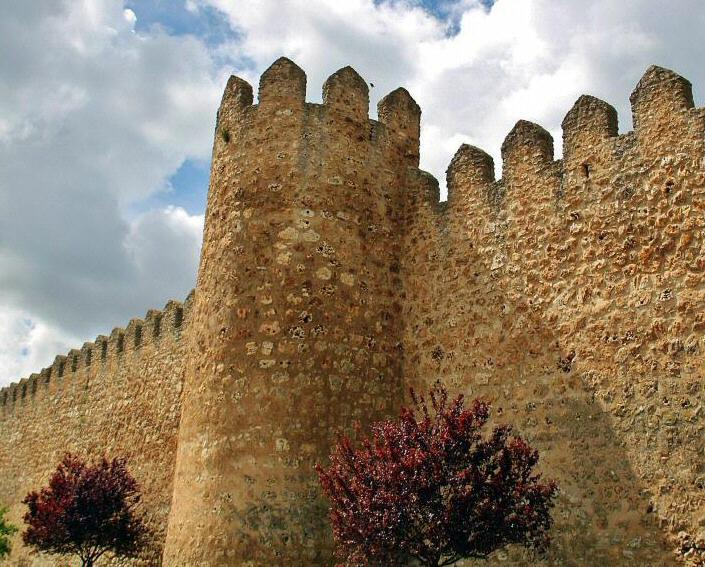
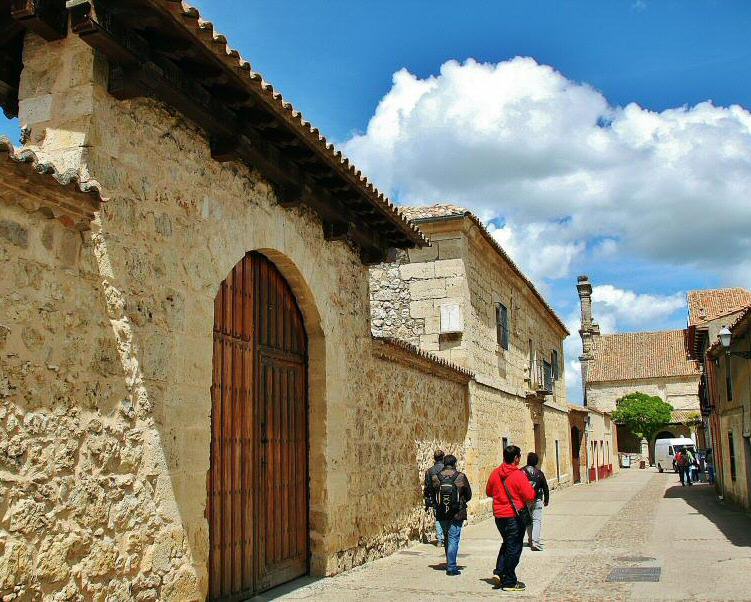
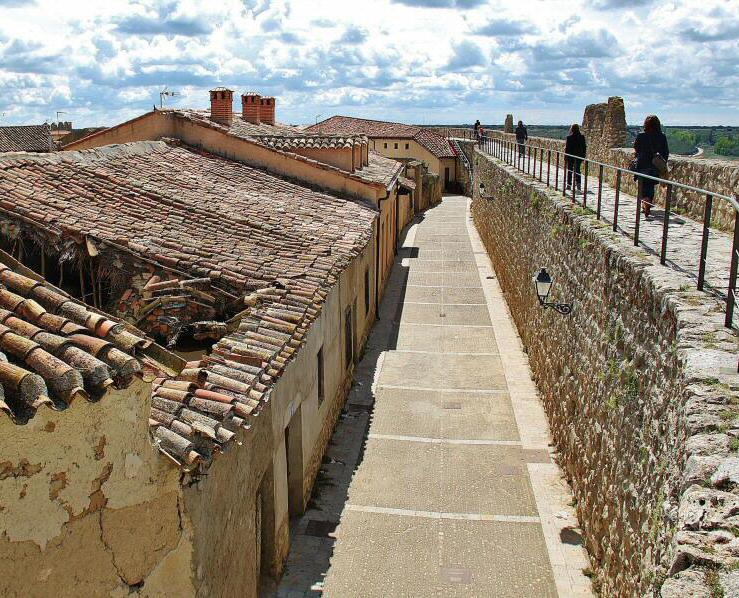



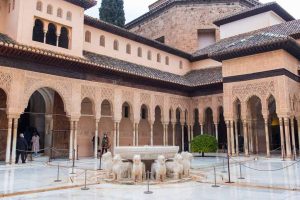
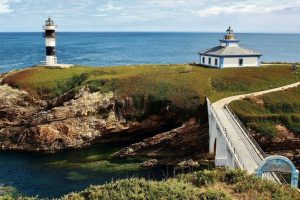











Is there a public library in Urueña that can receive donations of books?
“Another cultural corner based in the Villa del Libro is the Joaquín Díaz Ethnographic Center, which preserves various collections donated by the prestigious Castilian folklorist”
Joaquín Díaz is NOT Castilian, since he was born in Zamora. Those born in León, Zamora and Salamanca are, in addition to their own name, Leonese and never Castilian. And those of the rest of the Castilian provinces and never Leonese. Together but not mixed.
Castilla y León is made up of two regions, León (LE, ZA, SA) and Castilla (the rest of the provinces). Let us not forget the provincial division of Javier de Burgos that was in force (and continues to be) when the Spanish Constitution and the Statute of Autonomy arrived.
“between the kingdoms of Castile and León”, in italics the full name of the community as one, is misspelled, because “Castilla y León” never had kingdoms.
The correct thing would be to write “between the kingdoms of Castile and León” or even so that there are no misunderstandings “between the kingdoms of León and Castile.”
Please correct it, thank you.